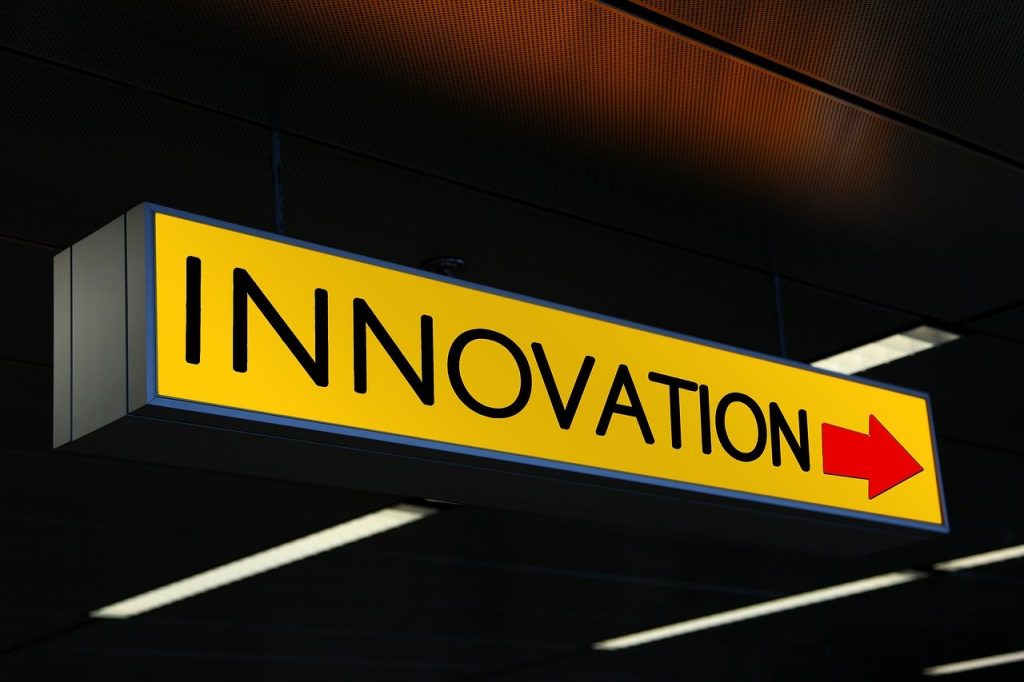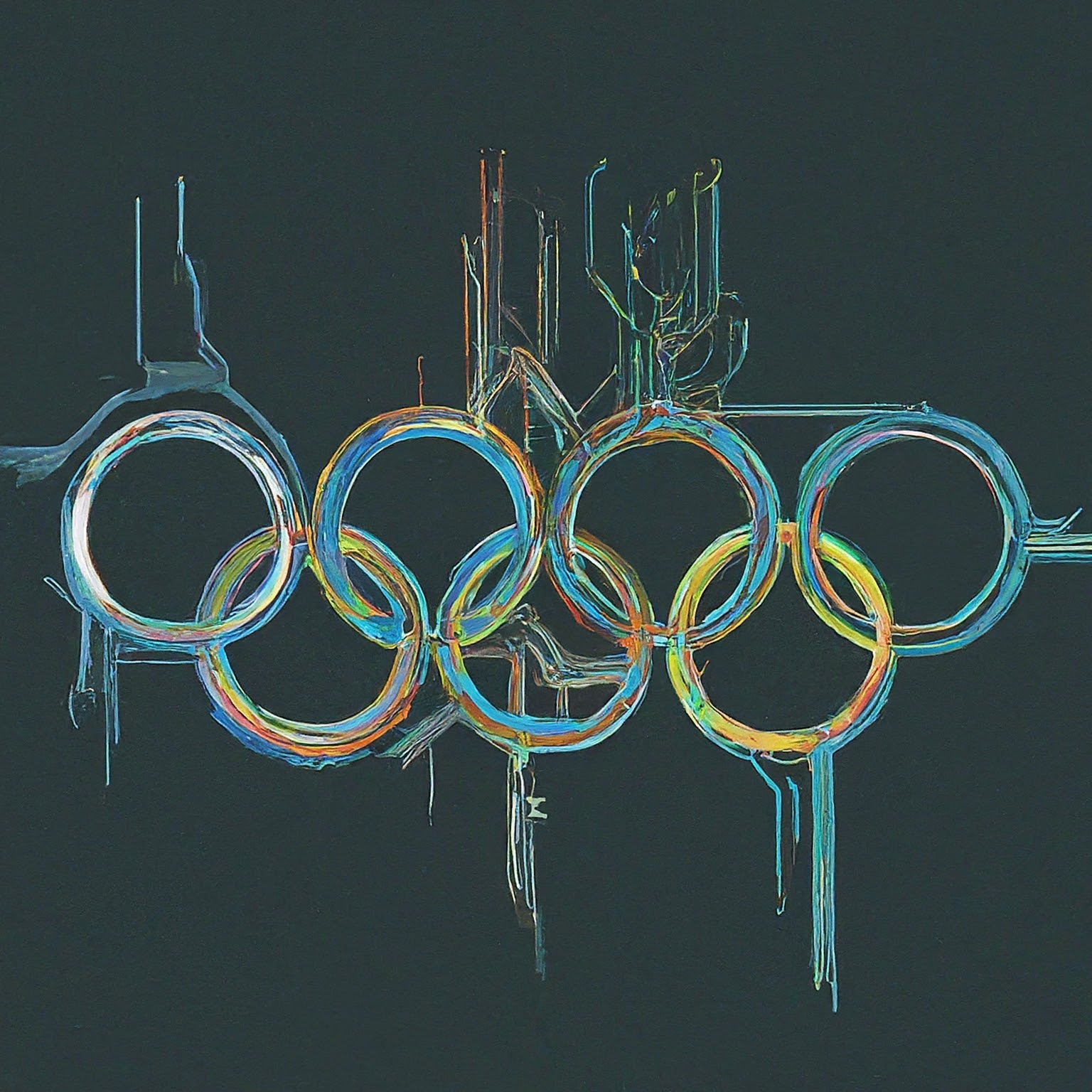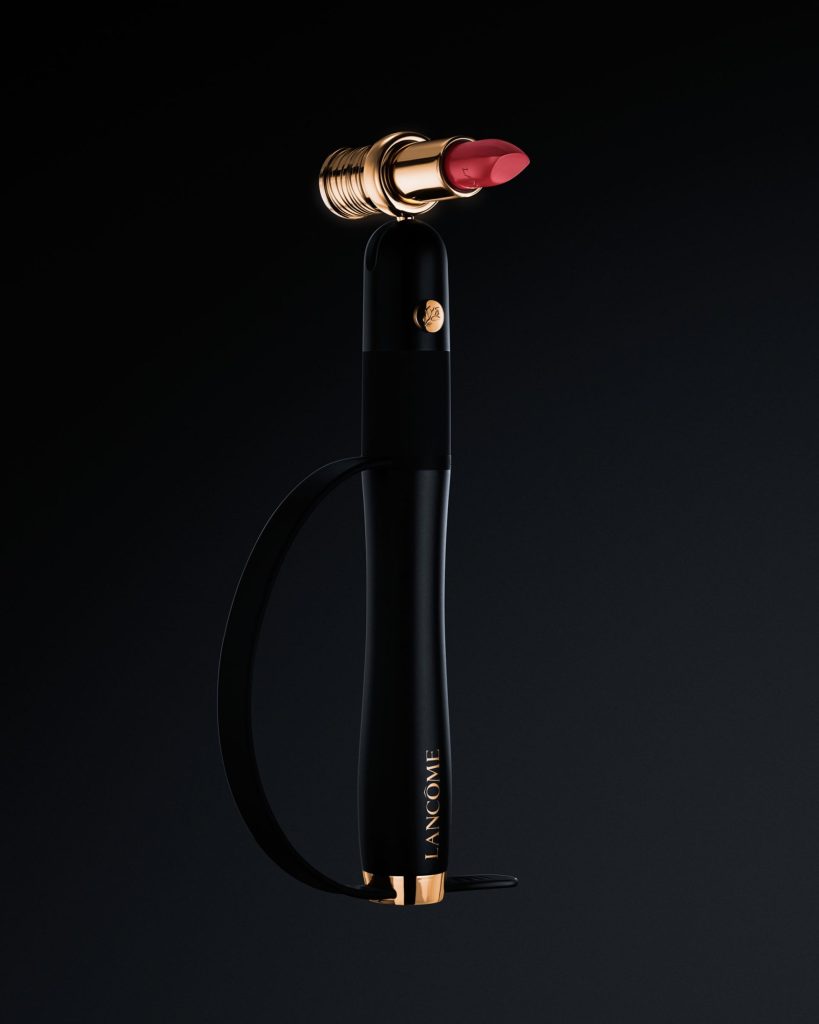
One of the greatest challenges inventors, innovators, and companies face is generating new business. The process of drumming up interest and “selling” one’s product or service feels never-ending. Too often they find themselves marketing a product to consumers that are simply indifferent. It is important to note that the opposite of indifference is authentic demand, which is ultimately what will make someone a customer.
The difference between those that find success and those that do not will very often come down to “is there an authentic demand for this product or service?” According to the book The Heart of Innovation: A Field Guide for Navigating to Authentic Demand, a reliable predictor of authentic demand is a customer’s situation. In order to see what prospective customers will buy, it is important to identify the behaviors they will not not do in particular situations, and what tools they reach for to accomplish those behaviors. The example they provide of a river and bridge can help innovators understand if they are meeting the unmet authentic demands of customers.
“Imagine a river. There’s a small town on one side of the river and a factory on the other. The people who work at the factory live in the town. At 5 p.m., the factory whistle blows, and the workers make their way home. Some go to the riverbank, where they’ve left little boats, and row home. Some walk upstream to where the river is shallow and ford their way across. A few people have invested in bigger boats, and they sell tickets to get across.
But then an innovator comes along, builds a bridge, and sets up a toll booth. Pretty soon, the factory workers get into the habit of paying the toll and walking across the bridge.
What demand looks like depends on where you sit. The bridge builder/toll taker sees overwhelming demand: every day, hordes of people head for the bridge and fill up the cash box at the toll booth. But from the customers’ point of view, there’s no intense desire or clamoring for the product. They simply find themselves in a situation where buying and using a product or service is just a thing they do as part of living their lives.
Before the innovation, the workers went about their business using boats, the shallow ford upstream, and other tools. After the bridge went up, they kept going about their business, but now the old tools seem problematic or aren’t even noticed and the only tool at hand is the bridge. The shift to using this new tool wasn’t universal and automatic. But after it occurred, going back to the old way just wasn’t an option. Using a boat would make you look and feel like an oddball. Fording now seems dangerous or unpleasant. Initially, the workers accepted their current situation, and found a way to get home. However, when the innovator offered them a solution that gave them a better grip on their normal activity of going home after work, they rapidly adopted it.”
Are you building a bridge?





